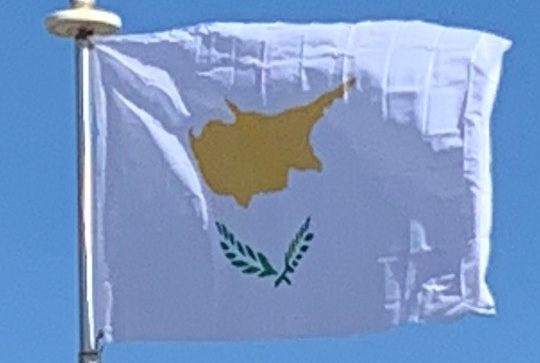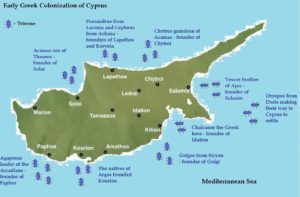
Cyprus is at a strategic location in the Middle East. It was ruled by Assyria for a century starting in 708 BC, before a brief spell under Egyptian rule and eventually Persian rule in 545 BC. The Cypriots, led by Onesilus, king of Salamis, joined their fellow Greeks in the Ionian cities during the unsuccessful Ionian Revolt in 499 BC against the Achaemenid Empire. The revolt was suppressed, but Cyprus managed to maintain a high degree of autonomy and remained inclined towards the Greek world.
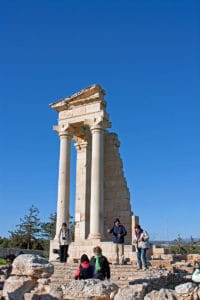
The island was conquered by Alexander the Great in 333 BC. Following his death and the subsequent division of his empire and wars among his successors, Cyprus became part of the Hellenistic empire of Ptolemaic Egypt. It was during this period that the island was fully Hellenized. In 58 BC Cyprus was acquired by the Roman Republic.
Middle Ages:
When the Roman Empire was divided into Eastern and Western parts in 395, Cyprus became part of the East Roman, or Byzantine Empire, and would remain so until the Crusades some 800 years later. Under Byzantine rule, the Greek orientation that had been prominent since antiquity developed the strong Hellenistic-Christian character that continues to be a hallmark of the Greek Cypriot community.
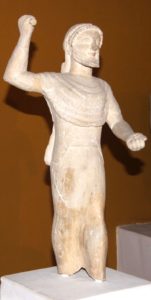
Beginning in 649, Cyprus endured several attacks launched by raiders from the Levant, which continued for the next 300 years. Many were quick piratical raids, but others were large-scale attacks in which many Cypriots were slaughtered and great wealth carried off or destroyed.
There are no Byzantine churches which survive from this period; thousands of people were killed, and many cities – such as Salamis – were destroyed and never rebuilt. Byzantine rule was restored in 965, when Emperor Nikephoros II Phokas scored decisive victories on land and sea.
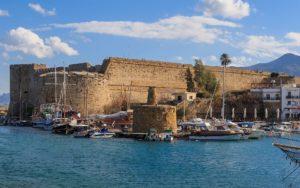
In 1191, during the Third Crusade, Richard I of England captured the island from Isaac Komnenos of Cyprus. He used it as a major supply base that was relatively safe from the Saracens. A year later Richard sold the island to the Knights Templar, who, following a bloody revolt, in turn sold it to Guy of Lusignan. His brother and successor Aimery was recognized as King of Cyprus by Henry VI, Holy Roman Emperor.
Following the death in 1473 of James II, the last Lusignan king, the Republic of Venice assumed control of the island, while the late king’s Venetian widow, Queen Catherine Cornaro, reigned as figurehead. Venice formally annexed the Kingdom of Cyprus in 1489, following the abdication of Catherine. The Venetians fortified Nicosia by building the Walls of Nicosia, and used it as an important commercial hub.
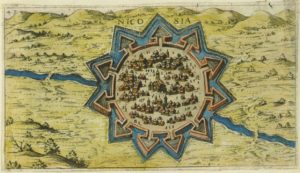
Throughout Venetian rule, the Ottoman Empire frequently raided Cyprus. In 1539 the Ottomans destroyed Limassol and so fearing the worst, the Venetians also fortified Famagusta and Kyrenia.
